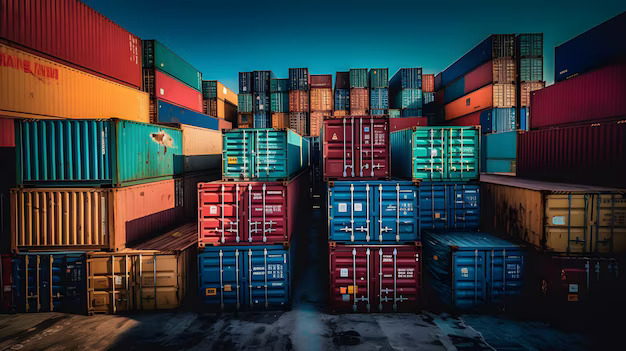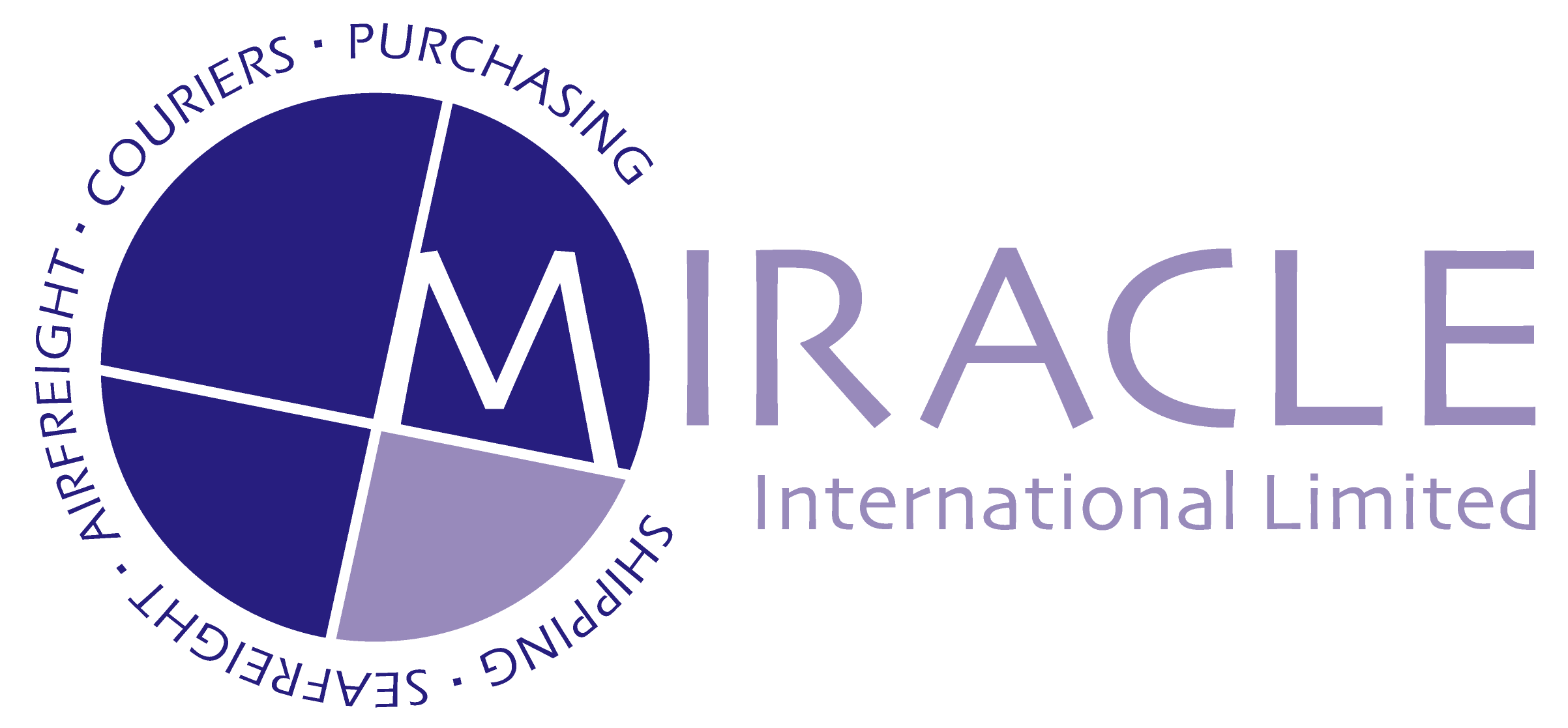
12 Nov FCL vs LCL: Which Shipping Method is Right for You?
FCL vs LCL: Which Shipping Method is Right for You?
When shipping goods internationally, businesses often face a key decision: should they choose Full Container Load (FCL) or Less-than-Container Load (LCL) shipping? Both options have their advantages, and the right choice depends on your shipment size, budget, and delivery timelines. In this guide, we’ll compare FCL and LCL shipping to help you determine which method is best suited to your needs.
Get in touch today for a free quote. Contact us by emailing ops@miracle-international.co.uk or call us 01753 571900
What is FCL Shipping?
Full Container Load (FCL) shipping means that your goods occupy an entire container, either 20 feet or 40 feet in length. This method is ideal for large shipments that can fill or nearly fill a full container. With FCL, your goods are the only cargo in the container, which can offer greater security and efficiency in shipping.
What is LCL Shipping?
Less-than-Container Load (LCL) shipping, on the other hand, involves sharing a container with other shipments. If your goods don’t fill an entire container, LCL allows you to pay only for the space your cargo occupies, while the rest of the container is filled with goods from other shippers. LCL is typically used for smaller shipments that don’t justify the cost of a full container.
FCL vs LCL: Key Differences
To help you decide which shipping method is best for your business, let’s compare the two based on several important factors.
1. Cost
- FCL:
The cost of FCL shipping is higher than LCL because you’re paying for the entire container. However, the cost per unit of cargo may be lower when you have enough goods to fill or nearly fill the container. Larger shipments benefit from economies of scale, which can make FCL more cost-effective in the long run. - LCL:
LCL is often the more affordable option for smaller shipments, as you only pay for the space your goods occupy. However, if your shipment grows, the cost of LCL per unit of cargo may increase, potentially making FCL more economical for larger shipments.
Verdict:
If you have a small or medium-sized shipment, LCL may be the more cost-effective option. For larger, bulkier shipments, FCL could offer better value.
2. Shipping Time
- FCL:
FCL shipping tends to be faster because your goods are the only cargo in the container, and the container won’t be delayed by the need to consolidate with other shipments. Once the container is filled, it can be shipped without waiting for other goods to arrive. - LCL:
LCL shipments may take longer to arrive because they require consolidation with other shipments before departure. This can introduce delays, particularly if the container needs to make multiple stops or if there are additional customs checks for other goods in the container.
Verdict:
If speed is a priority for your business, FCL is generally the faster option, as you won’t have to wait for other shipments to be added.
3. Security
- FCL:
With FCL, your goods are the only items in the container, which reduces the risk of damage or loss caused by other shipments. This method also offers greater security, as your goods aren’t handled or moved multiple times during the journey. - LCL:
Since your goods are sharing space with other shipments, there’s a slightly higher risk of damage or delays due to the movement and handling of multiple cargoes. However, most LCL shipments are still securely packed and handled by experienced freight forwarders to minimize risks.
Verdict:
If security is a concern, FCL offers the advantage of exclusive use of the container and reduced handling.
4. Flexibility
- FCL:
FCL shipments offer flexibility in terms of scheduling. You have control over when the container is booked and can often choose preferred shipping dates. However, since you’re booking the whole container, you may have to wait until it’s filled, depending on the size of your shipment. - LCL:
LCL offers more flexibility when you have smaller or less urgent shipments. You don’t have to wait until a container is full, which can make it easier to ship smaller quantities more frequently. LCL also allows you to ship goods as soon as space is available in a consolidated container.
Verdict:
LCL is more flexible for smaller or irregular shipments, while FCL offers more flexibility in terms of scheduling and handling larger volumes.
5. Risk of Damage
- FCL:
Because your goods are the only cargo in the container, there’s less risk of damage from other shipments. FCL is also typically more secure because it involves fewer handling stages and less interaction with other shipments. - LCL:
With LCL, your goods are packed alongside other cargo, so there’s a slightly higher risk of damage during transport. Proper packing and careful handling can minimize this risk, but it’s still something to consider when choosing LCL.
Verdict:
If minimizing the risk of damage is crucial, FCL is a safer bet.
6. Environmental Impact
- FCL:
FCL shipping typically results in a larger carbon footprint per shipment, as the container is being shipped exclusively for your goods. However, this method can still be more efficient for large shipments compared to multiple smaller shipments. - LCL:
LCL allows for more efficient use of container space, as multiple shippers share the container. This means that LCL shipping can be a more environmentally friendly option for smaller shipments, as it reduces the need for multiple containers.
Verdict:
If environmental concerns are a priority, LCL may be a more sustainable option for smaller loads. For larger shipments, FCL may still be the most efficient method.
Which Shipping Method is Right for You?
Deciding between FCL and LCL depends on your business’s specific needs. Here are some guidelines to help you choose:
- Use FCL if:
- You’re shipping large volumes of goods that can fill or nearly fill a container.
- You want faster delivery times and more control over your shipping schedule.
- Security and minimizing the risk of damage are top priorities.
- You want to ensure that your goods are not handled with other shipments.
- Use LCL if:
- You have smaller shipments or irregular order sizes that don’t fill a full container.
- Cost savings are a priority and you’re willing to accept longer transit times.
- You’re looking for flexibility in your shipping schedule and need to ship smaller amounts more frequently.
- Environmental impact is a concern, and you want to share container space with other shipments.
Conclusion
Both FCL and LCL offer distinct advantages depending on the size of your shipment, your budget, and your shipping priorities. If you have large, time-sensitive shipments that require extra security, FCL is likely the best option. On the other hand, if you’re shipping smaller, more frequent orders, LCL offers a cost-effective solution without the need for a full container.
By understanding the differences between FCL and LCL shipping, you can make an informed decision that best suits your business needs. Whether you’re scaling your business or just starting to explore international shipping, both methods provide valuable solutions for a range of logistics challenges.
